
|   |

|   |
 e-mail: ukb7@rediffmail.com Monsoon melody from corona crescent Photos courtesy: Drishtikon March 27, 2021 The precipitate announcement of lockdown and the consequent isolation of an individual -any individual, almost as in Solzhenitsyn's One hundred years of solitude - tended to transform radically his attitude towards life, his existential behavior, and his relations with others. On another plane amid Nature's melancholy and distrust, man did discover yet a new self and thereby defeat the manic depression that had almost gripped him. When corona and covid-19 viruses were transmuting themselves from one trough to a new peak and then slumping into a new trough, the poet Kalidasa lent his stentorian voice across centuries and millennia, to chant his rain-soaked hymns in Ritu Samhara to herald the monsoons: The sky is changing colour as though it is slowly being robbed off light / As thunder rolls lightning strikes, the sky splits in half / Drop after drop the rains arrive... As divined by the poet, even in the time of extreme heat, one gets joy through the cool moonlit nights and heralds the much awaited monsoons to let the entire land get drenched and cleansed in the fresh downpours! Sparsh, a film released on March 26, under the baton of the ever-innovative Kathak dancer Aditi Mangaldas, she literally pulled off all stops for her Drishtikon Dance Foundation to assemble a bevy of professionally groomed youthful male and female dancers to respond -- across continents -- to the vibes and cadenza of a wonderfully sung Mian Ki Malhar by Faraz Ahmed, complete with its soulful Alaap, Bol taans and Sargams, moving mellifluously from Purbang to Uttarang, then from Mandra Saptak to Taar Saptak, accompanied by two sonorous playing pakhawaj and tabla duo, Mohit Gangani and Asish Gangani respectively, adding their own mnemonics almost at will. The entire musical mosaic, composed by Ashish Gangani and Faraz Ahmed, seemed to be tailor made for an inspired occasion! The overall kudos for a luminous show goes to Aditi for taking her ensemble through an online workshop and let them work out their own presentation for an integrated Tarana for nearly an hour. This was one of the best Taranas that this critic has come across over a long time! Set in Teentaal, the Tarana unfolded its technical wizardry in pure dance with the individual dancers showing immense pleasure in executing them; especially, the elaborate Tihais, the rhythmic Tatkars and the concluding Chakradhars all of which came through in resplendent splendour. The joy of dancing was writ large on their young ecstatic faces, as the monsoon came, almost on signal, to greet some of them from meandering seashores or right outside their windows to fall pitter-patter on their outstretched hands... The best part of the ensemble work, spread over from Canada in the Western hemisphere, to India in the Eastern and Singapore in the Southern hemispheres was the widest possible choice of their locale for staging individual components of Tarana and take their own camera team to selected, visually rich natural spots: seas and ocean shores; gardens and boudoir greenery; or even interior space or well-appointed stage space. Here is an idea of the mind-boggling variety for the dancers' efforts: AAMRAPALI BHANDARI, shot by Jyotika Joshi at SIFAS, Singapore; RASHMI UPPAL shot by Jaspreet Singh Uppal at picturesque Jaipur; GAURAV BHATT, shot by Sattvic in rain soaked Vancouver, Canada; ANJANA SINGH shot by Minhaz Khan, Prajyolita Sarma at Drishtikon Studio, New Delhi; DIKSHA TRIPATHI, shot by Minhaz Khan, Prajyolita Sarma, Anjana Singh at Drishtikon Studio, New Delhi; MANOJ SONAGRA, shot by Anjana Singh, Prajyolita Sarma at Drishtikon Studio, New Delhi; The dancer MINHAZ KHAN was shot by Anjana Singh, Prajyolita Sarma at Drishtikon Studio, New Delhi; Besides, the musicians ASHISH GANGANI, MOHIT GANGANI, FARAZ AHMED were all shot by Anjana Singh, Prajyolita Sarma at Drishtikon Studio, New Delhi. Last but not the least, footage of the verdure Nature was shot by the choreographer Aditi Mangaldas, Mangalvan, Alibag and Sattvic, in Vancouver, Canada. All the video footage was wonderfully commingled with the footage provided by the artistes and the total visual wizardry is awesome! Slide show 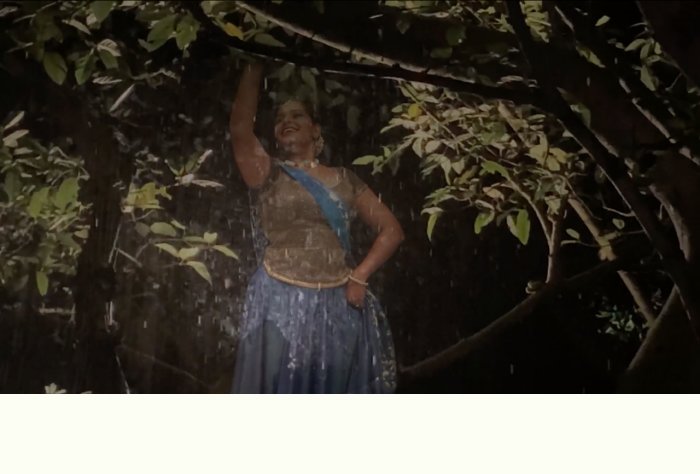
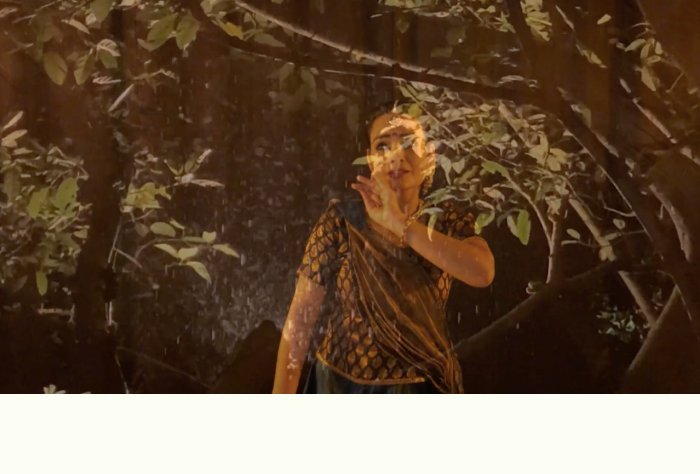
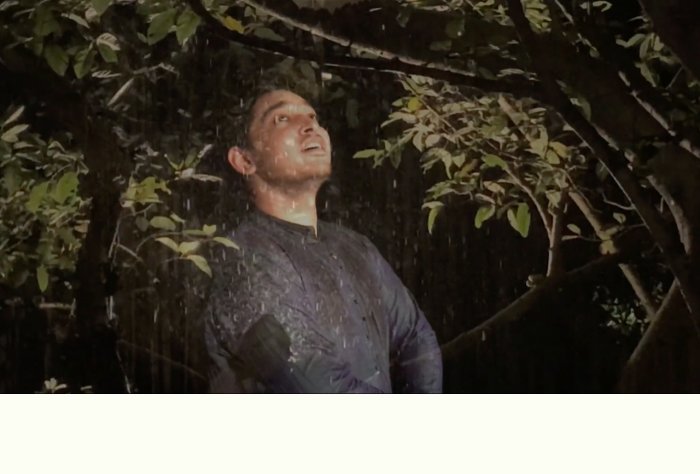
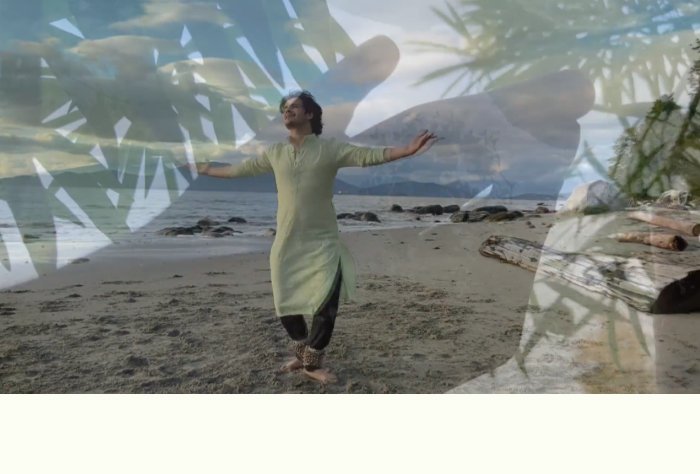
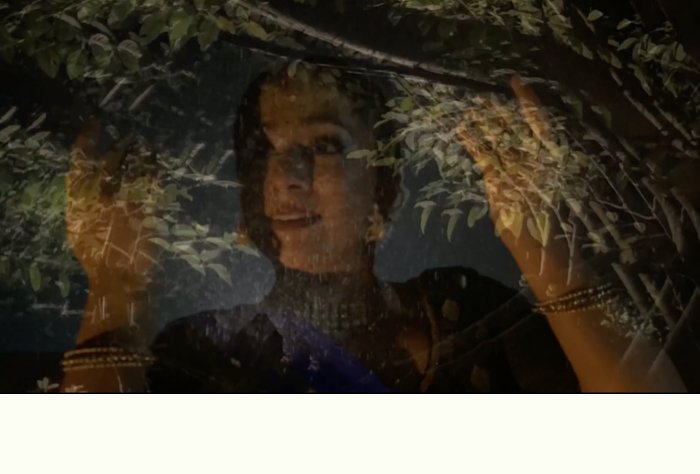
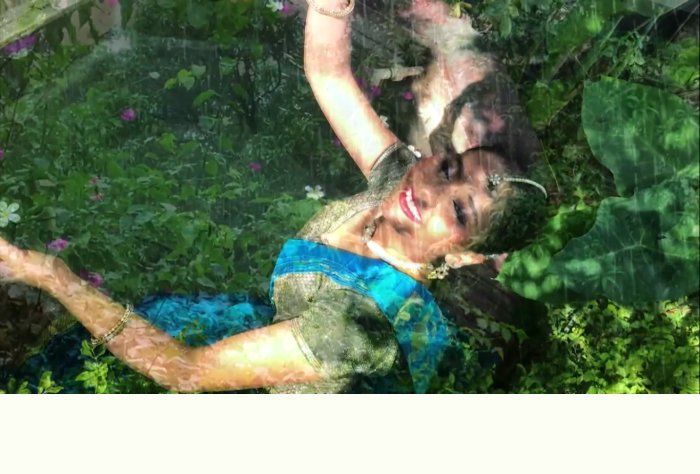
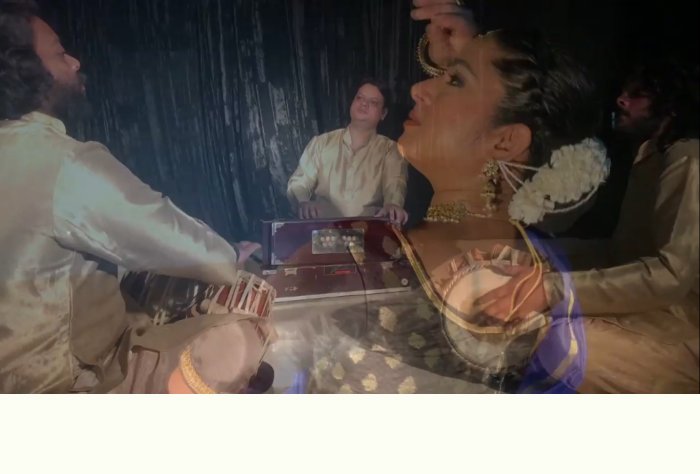

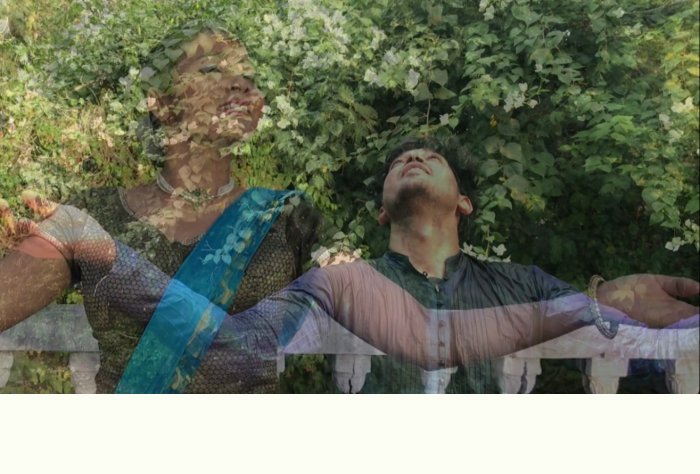
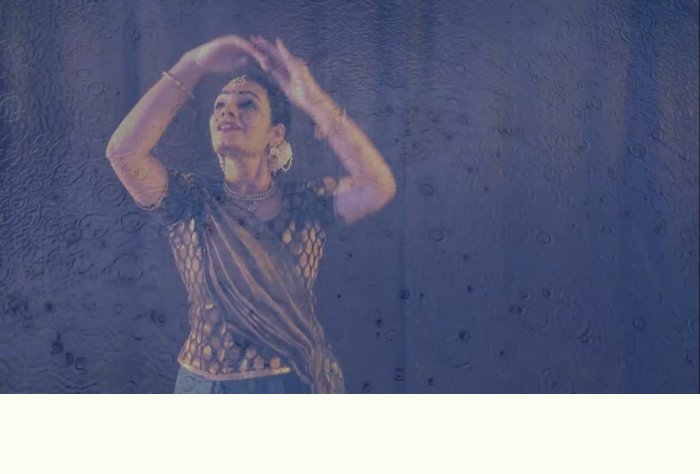
Excerpt of interview with the director: How did you plan the choreography of Sparsh and with which objectives? The whole choreography of SPARSH was taught online and learned by members of the Drishtikon family 'locked down' in three different continents and time-zones! They then chose their own locations and shot the work themselves, post which I edited it, also online. The objective of making this film was many fold. Besides finding new ways to re-imagine our dance, it was also a great motivating factor for the artists to think out of the box and come up with something unique, which they did. As we were starting this Tarana, the monsoons broke where I was, and hence this work is drenched in the monsoon.....the rain drop was the first "touch" that we could feel within our rooms - arms outstretched from the window, without hesitation! What was the significance of the name Sparsh? The global pandemic and the unprecedented lockdown has robbed humanity of many precious things including its freedom to 'Touch'. SPARSH - the touch - the forbidden word, came alive within each of us, as the monsoon arrived in its full glory, evoking all our senses. We could suddenly, unhesitatingly and unabashedly feel the texture, the touch, the smell, the sight, the sound of the falling rain drops! Within our confinement we found expansion. Purely visually speaking, your team's camera work has done an unusually good job... Actually, wherever I went we kept photographing the locale: whether it was the sea-beach of Vancouver, or the unfortunately locked-down homestead in Singapore, or the beautiful park in Jaipur. Then we began visually mixing the shots of locations, so that eventually I could offer a Tarana which was like no other! One had to see it to experience the graphic 'mix-and-match'! What goals did you ultimately achieve in Sparsh? As I explained, SPARSH was choreographed entirely online and re-imagined by the extended Drishtikon family, spread across India, Canada and Singapore. SPARSH attempts to let each one of us find that green patch within us. SPARSH is about creating physical intimacies during these difficult times of social distancing. Creating SPARSH has been about embracing change and re-imagining how we experience dance.  Dr. Utpal K Banerjee is a scholar-commentator on performing arts over last four decades. He has authored 23 books on Indian art and culture, and 10 on Tagore studies. He served IGNCA as National Project Director, was a Tagore Research Scholar and is recipient of Padma Shri. Post your comments Pl provide your name and email id along with your comment. All appropriate comments posted with name and email id in the blog will also be featured in the site. |